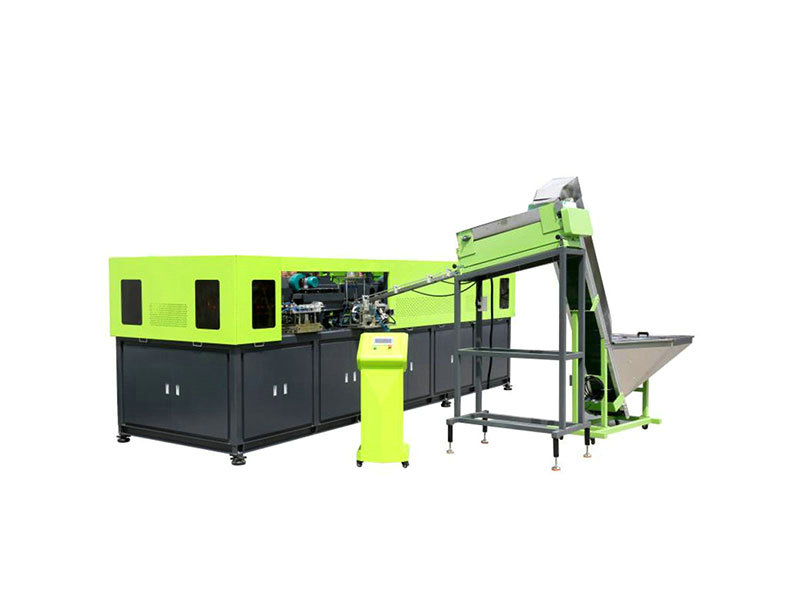Common Uses Of PET Preform Molds
Plastic polymerized Polyethylene terephthalate (PET) is known for its many advantages when it comes to mold making. The material is non toxic, has a wide range of applications and can also be recycled easily. In fact, PET is fast becoming the material of choice for many manufacturing industries due to these factors. However, PET is also vulnerable to certain types of damage and thus some PET preform molds are prone to such damage. These molds can be damaged either through physical damage or chemical vapor deposition.
Long tail mold: One of the most important features of any plastic material is flexibility, but it also requires time and effort in mold making. And with long tail mold feature, you can save on both time and effort, as a long tail mold only takes a shorter amount of time to produce. But the downside of long tail mold is that it requires a lot of manual work and labor cost, on the other hand the high flexibility of PET material can be more suitable for many demanding applications. In short, PET preform mold is used in several types of molds, such as PVC sleeve, injection mold, flexible foam, flexible rubber, thermoplastic, and thermoplastics.
Rubber handles: Another common preform mold material is the rubber handle mold. This mold type needs very little manual work and labor cost, as this is self-closing mold which makes it very convenient to use. But the only disadvantage of this mold is that it is often fragile and may break easily. And if you use heavy gauge rubber, then this mold type may not work effectively and may cause severe damage to your projects.





 English
English русский
русский Español
Español عربى
عربى






 +86-15157625901 / 13706572756
+86-15157625901 / 13706572756 info@suncomold.com
info@suncomold.com  No.2 Gongxin Avenue, Beicheng Street, Huangyan, Taizhou, Zhejiang, China
No.2 Gongxin Avenue, Beicheng Street, Huangyan, Taizhou, Zhejiang, China